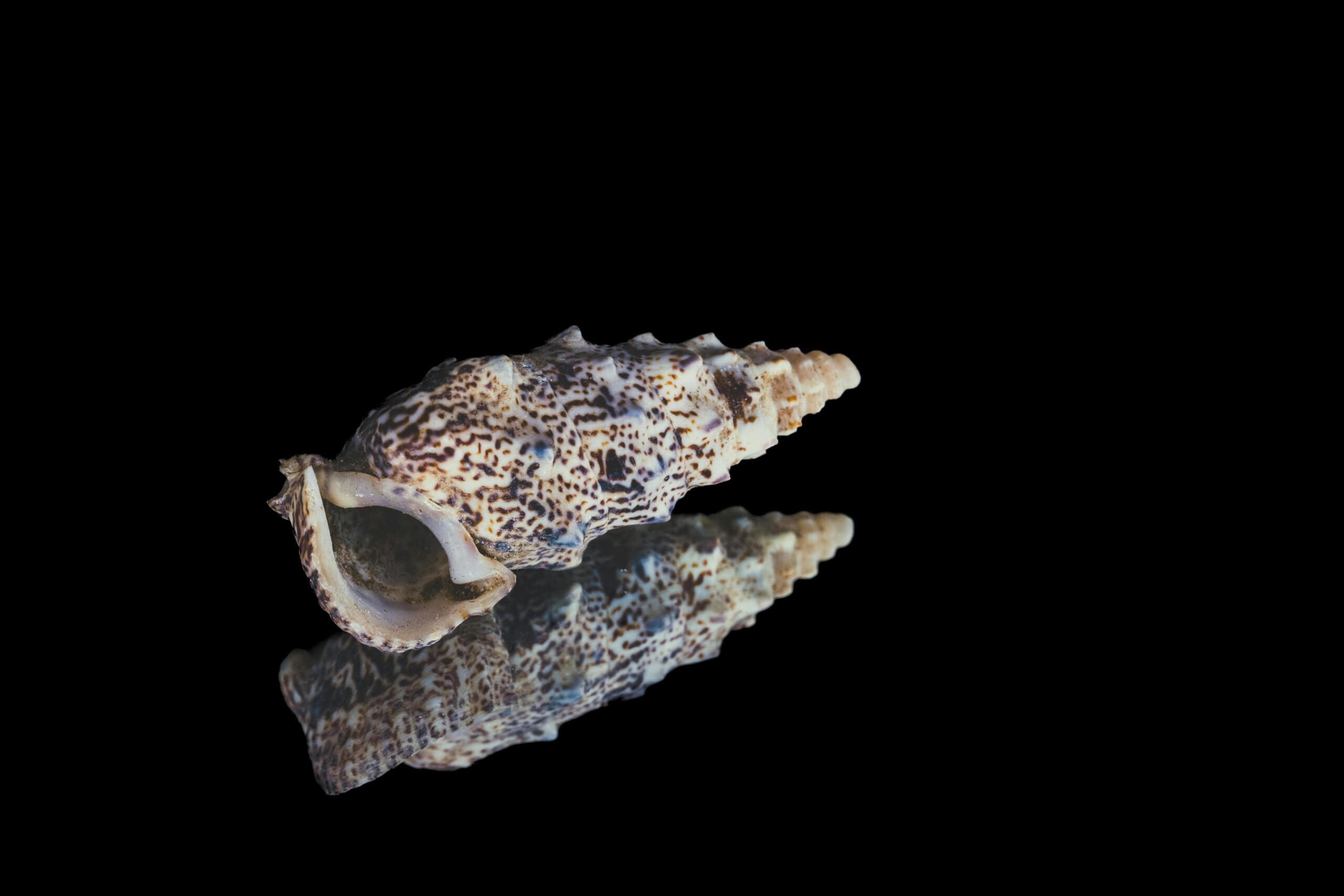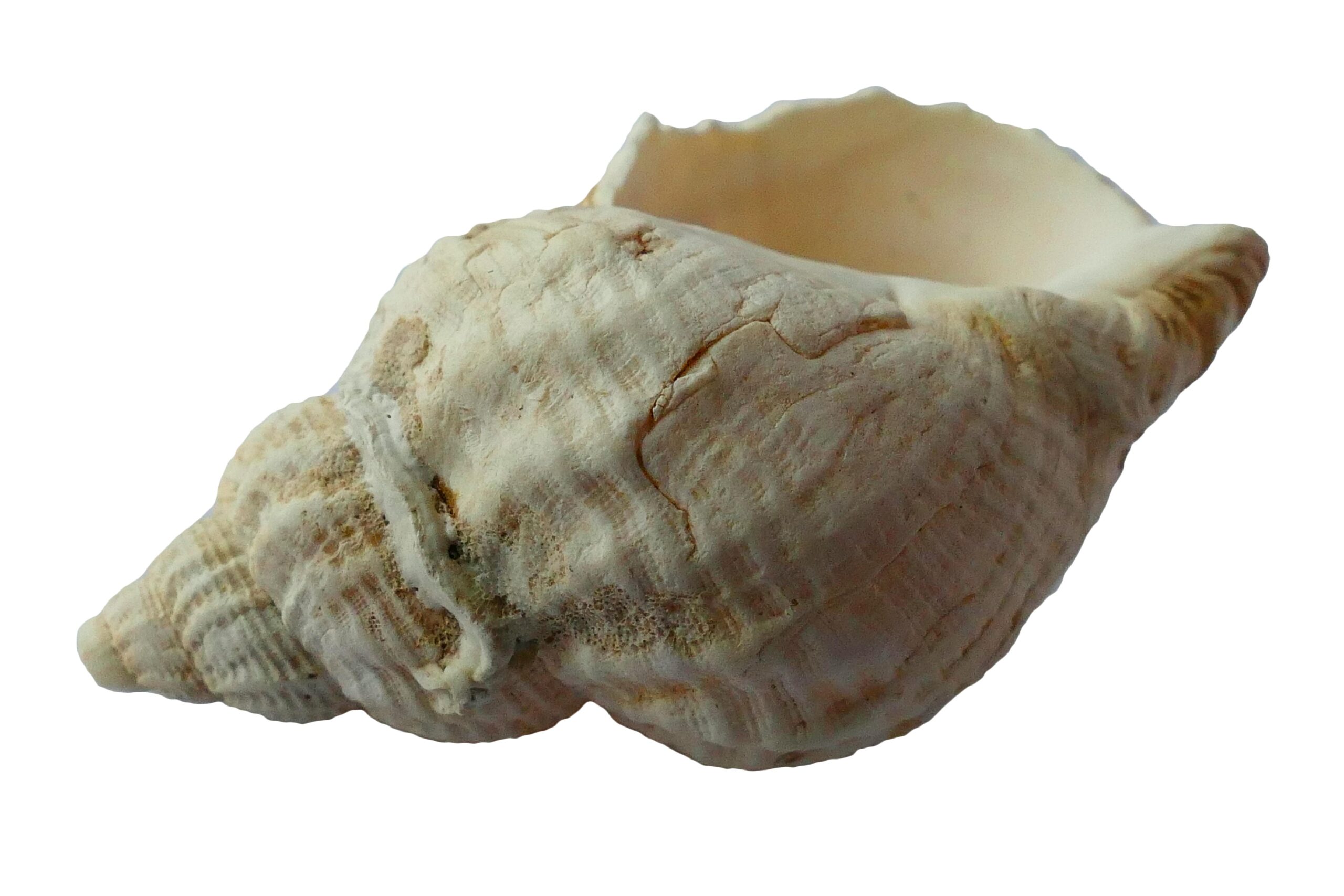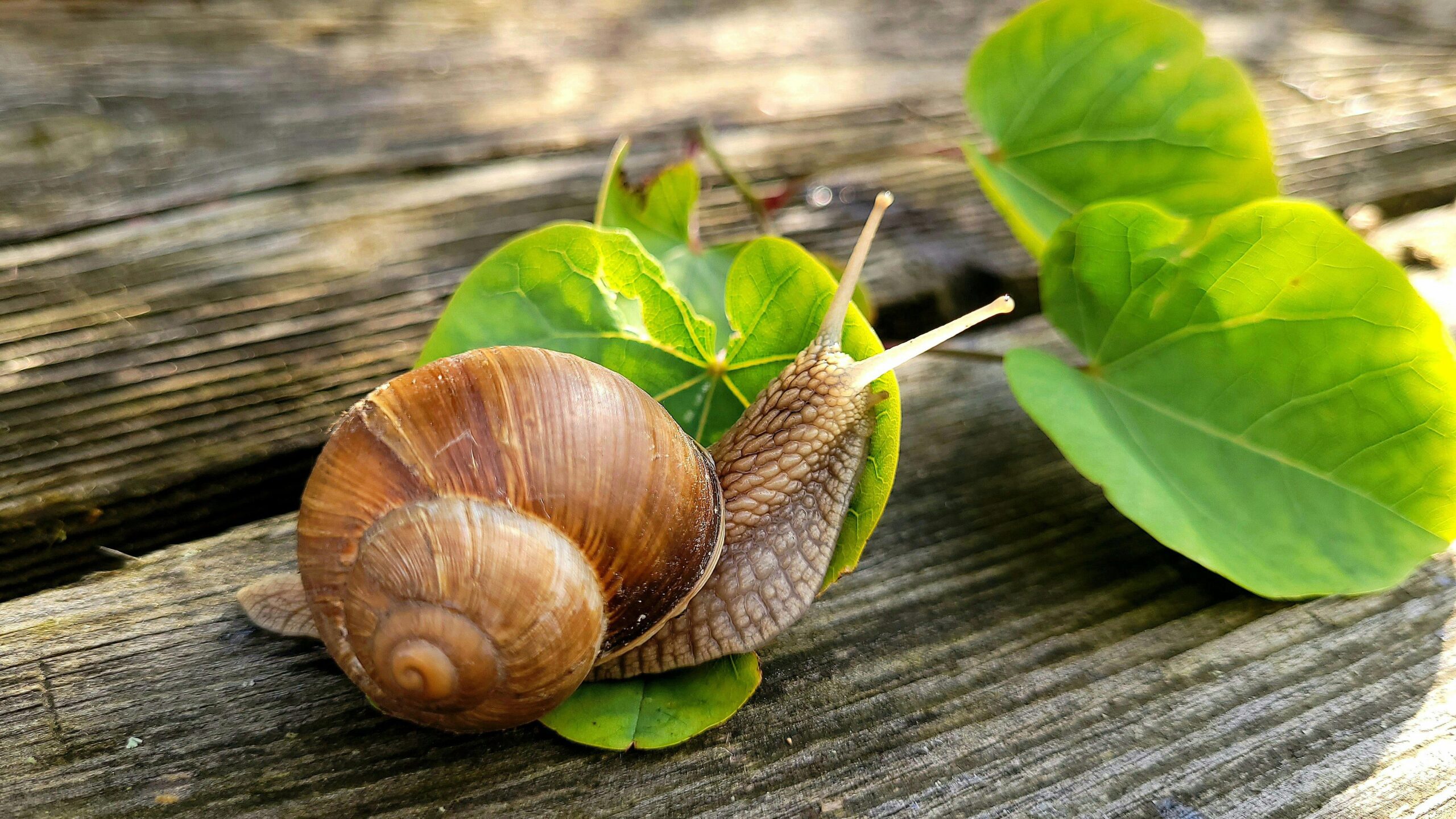Puka shell, with their distinctive natural perforations, hold a significant place in the tapestry of Hawaiian culture. These unique shells have deep-rooted historical and cultural significance within the islands, symbolizing more than just decorative adornments. From ancient traditions to modern interpretations, the role of puka shell in Hawaiian society has evolved over time, reflecting the interconnectedness between nature, spirituality, and daily life. This article delves into the rich history, traditional uses, contemporary relevance, and ethical considerations surrounding puka shell, shedding light on their enduring importance and the imperative of preserving their cultural integrity.
Introduction to Puka Shell
If you’ve ever strolled along the sandy beaches of Hawaii, chances are you’ve come across the iconic puka shell. These unique shells have a long-standing history in Hawaiian culture and hold a special significance among the locals.
Definition and Characteristics of Puka Shell
Puka shell, also known as “shell with a hole” in Hawaiian, are characterized by their natural, donut-like perforations. These shells are often found along the shores of Hawaii and are revered for their simplicity and beauty.
Historical Roots of Puka Shell in Hawaiian Culture
The history of puka shell traces back to ancient times in Hawaii. They were traditionally used as a form of currency and worn as adornments by both men and women to symbolize their connection to the ocean and nature.
Historical Significance of Puka Shell in Hawaiian Culture
Link Between Puka Shell and Ancient Hawaiian Traditions Puka shell are deeply intertwined with the traditions of the Hawaiian people. They were believed to bring good luck, protection, and spiritual guidance to those who wore them, making them an essential part of everyday life.
Puka Shell in Rituals and Ceremonies
In Hawaiian ceremonies and rituals, puka shell played a significant role. They were often used as offerings to deities, as well as in sacred rituals to honor the land and sea, showcasing the reverence Hawaiians held for these shells.
Traditional Uses and Symbolism of Puka Shell
Symbolism of Puka Shell in Hawaiian Beliefs Puka shell hold a multitude of symbolic meanings in Hawaiian beliefs. They are seen as a representation of the interconnectedness of all living beings and the cycle of life, death, and rebirth, embodying the spiritual essence of Hawaii.
Functional Purposes of Puka Shell in Daily Life
Beyond their symbolic significance, puka shell also served practical purposes in daily life. They were used in jewelry-making, clothing embellishments, and even as tools for fishing and weaving, highlighting their versatility in traditional Hawaiian culture.
Evolution of Puka Shell in Contemporary Hawaiian Culture
Modern Interpretations of Puka Shell Today, puka shell continue to hold a special place in Hawaiian culture, albeit with a modern twist. They are now incorporated into contemporary fashion trends, symbolizing a connection to Hawaii’s rich heritage and natural beauty.
Role of Puka Shell in Art and Design
In the realm of art and design, puka shell have inspired a wave of creativity among local artisans. From intricate jewelry pieces to intricate sculptures, puka shell remain a timeless motif that showcases the enduring cultural legacy of Hawaii.
Cultural Appropriation and Puka Shell
Impacts of Cultural Appropriation on Puka Shell Traditions
The popularity of puka shell in mainstream culture has raised concerns about cultural appropriation. It’s essential to recognize and respect the significance of puka shell in Hawaiian culture and not reduce them to mere fashion statements.
Navigating Respectful Engagement with Puka Shell
To engage with puka shell respectfully, take the time to learn about their cultural significance. Consider supporting local artisans and businesses that honor traditional practices when creating and selling puka shell jewelry.
Sustainability and Ethical Considerations in Puka Shell Collection
Environmental Concerns in Puka Shell Harvesting
The growing demand for puka shell has led to unsustainable harvesting practices that can harm marine ecosystems. It’s crucial to promote ethical sourcing and ensure the conservation of natural resources.
Community Perspectives on Sustainable Puka Shell Practices
Engaging with local communities and understanding their perspectives on sustainable puka shell harvesting is key to preserving this traditional practice. Collaborating with stakeholders can help promote environmentally conscious collection methods.
Puka Shell in Fashion and Commercialization
Trends in Puka Shell Fashion
Puka shell have cycled in and out of fashion trends over the years, making a resurgence in recent times. While enjoying puka shell jewelry as a fashion statement, it’s important to be mindful of their cultural significance and history.
Ethical Consumption of Puka Shell Products
Choose brands and designers that prioritize ethical sourcing and transparent production processes when purchasing puka shell products. Supporting ethical practices ensures the protection of cultural integrity and environmental sustainability.
Conclusion: Importance of Preserving the Cultural Integrity of Puka Shell
Preserving the cultural integrity of puka shell involves respecting their origins, supporting sustainable practices, and understanding their significance beyond mere fashion trends. By valuing the traditions associated with puka shell, we can contribute to the preservation of Hawaiian culture and heritage.In conclusion, the enduring presence of puka shell in Hawaiian culture serves as a reminder of the interconnectedness between past and present, tradition and innovation. As we navigate the complexities of cultural appropriation, sustainability, and commercialization, it is paramount to approach the use and appreciation of puka shell with respect, mindfulness, and a commitment to preserving their cultural authenticity. By honoring the heritage and significance of puka shell, we not only celebrate a cherished tradition but also uphold the values and integrity of Hawaiian culture for generations to come.

